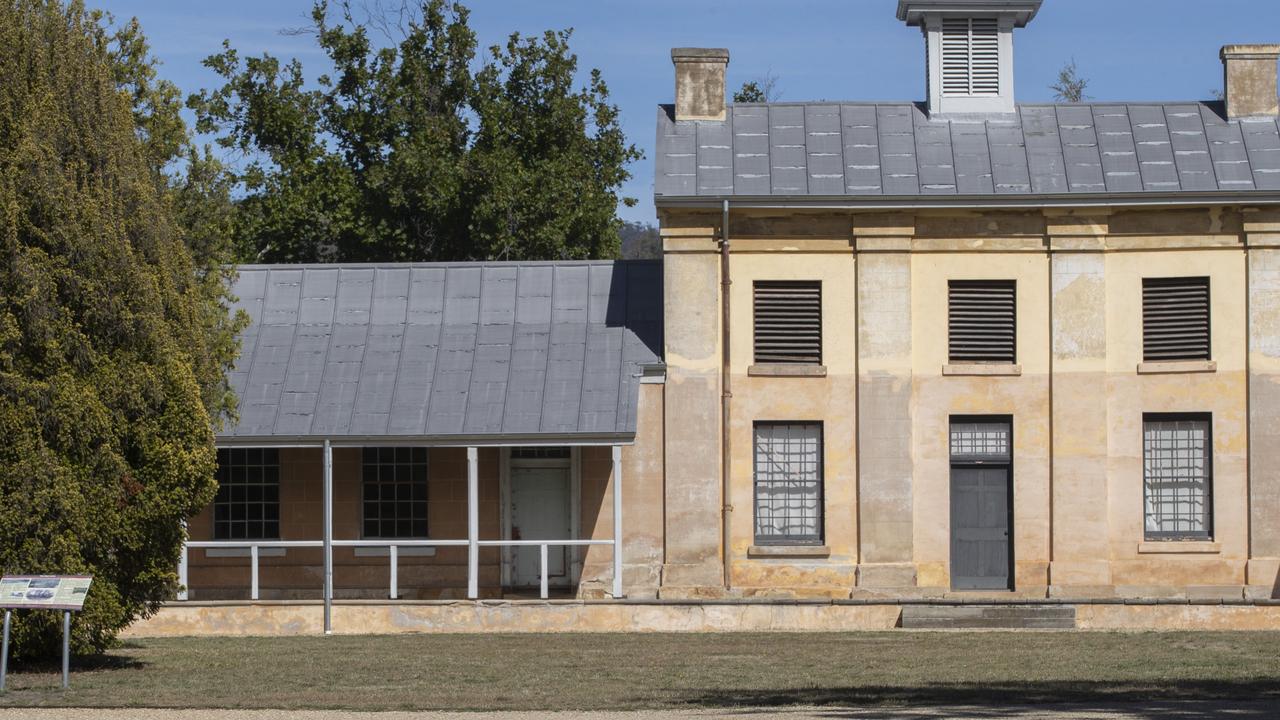Native wildlife venturing into suburban backyards
Hobart’s population boom seems to have extended to the wildlife ... with backyards now hosting a healthy population of animals.
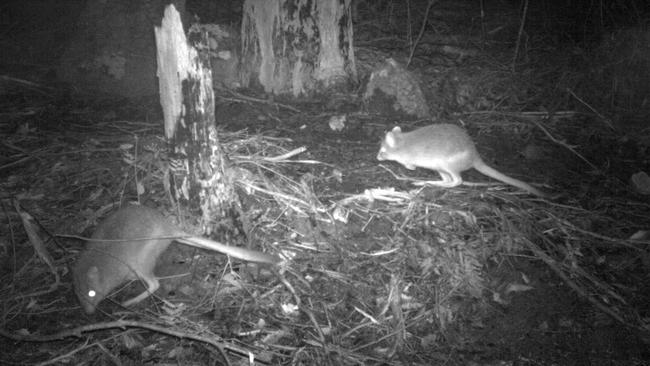
Tasmania
Don't miss out on the headlines from Tasmania. Followed categories will be added to My News.
IT’S wild but true – Hobart suburbs are a menagerie of native wildlife.
A pioneering study looking at how far native species venture into Hobart suburbs has found the city’s backyards are booming with furry visitors.
There are Tasmanian devils on our suburban edges, and threatened species venturing several kilometres out of the bush into residential areas.
University of Tasmania zoologist Menna Jones, of the school of biological sciences, said the diversity of species, and their range, was a pleasant surprise.
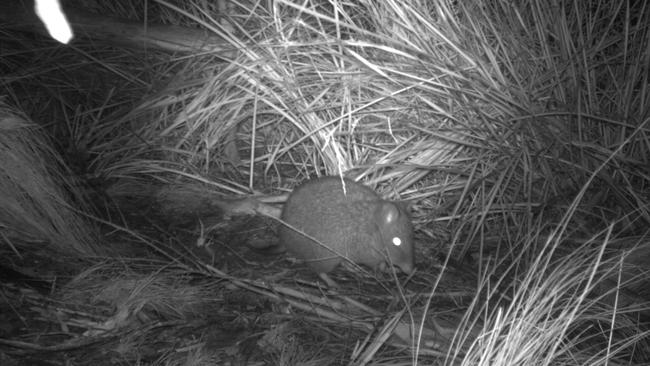
“It was a real surprise to see pademelons, wallabies and eastern barred bandicoots more than a kilometre into the suburbs,” Associate Professor Jones told the Sunday Tasmanian.
“We expected to see the possums, but we didn’t expect to see these other species so far from the bush.
“They were right down to the waterfront.”
The survey of 300 residents in Sandy Bay, Taroona, South Hobart and Dynnyrne found the most common species venturing 2km from the bush were: pademelons, Bennett’s wallabies, brushtail possums and eastern barred bandicoots.
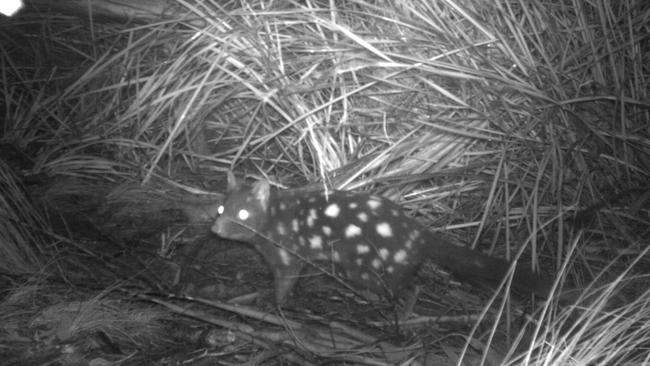
Eastern barred bandicoots, listed as critically endangered on the mainland, are a threatened species in Tasmania.
Species living within a kilometre of bush include bettongs, brown bandicoots, ringtail possums and echidnas.
“We found there are Tasmanian devils in the bush around Hobart, and they are coming into gardens close to the bush,” Prof Jones said.
Two international UTAS students also helped with the research — Bikas Giri, of Pokhara, in Nepal, and Bharath Kumar Golivadda, of Hyderabad, India.
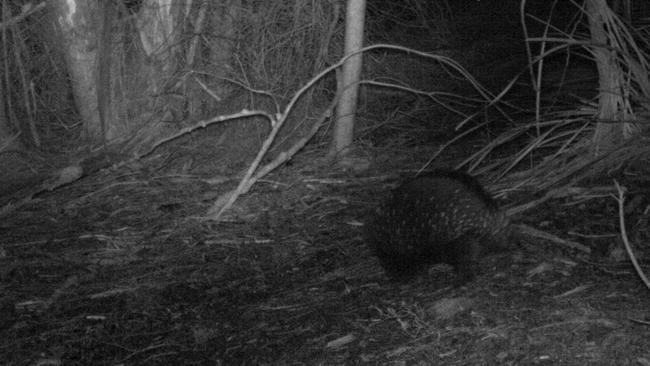
Mr Golivadda said it was also astounding that cameras used in the survey captured greater numbers of wildlife living in residential areas than in adjoining bushland.
He said his part in the research involved studying the animals’ behaviour, and it was clear they were mostly adapted to backyard life.
“I looked at whether they felt safe or not, and it was clear a few species have adapted and feel happy in an urban environment,” he said.
Mr Golivadda said he compared vigilant behaviour – where animals are constantly looking around – with relaxed behaviour such as playing and grooming.
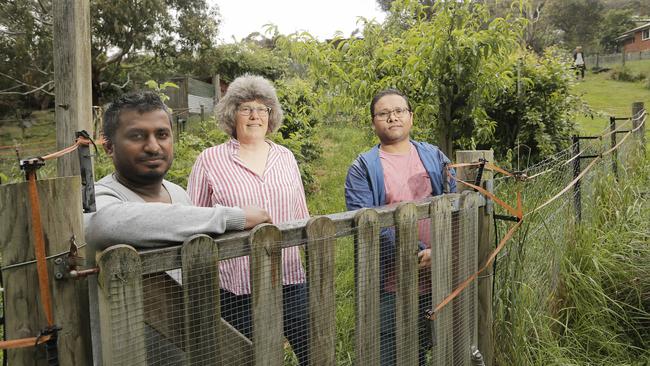
“We found they are spending more time eating and playing because they are used to the environment,” he said.
The citizen science project required two levels of volunteers: people placing cameras in their backyards and others carrying out an online survey.
Mr Giri said it was clear the animals were using bush corridors to reach backyards and gardens.
“The gardens are their aim,” he said.
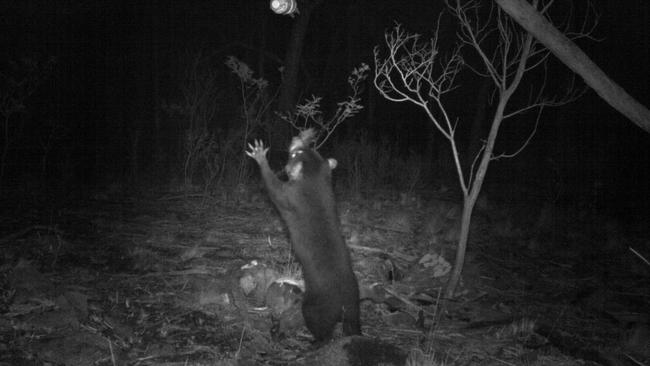
Prof Jones said the numbers of wildlife in the suburbs was most likely a result of the Millennium drought in Tasmania, which forced wildlife to seek out watered gardens when the bush dried up.
“After that drought they learnt how to live in the suburbs, now they’ve learnt how to find refuges and learnt how to deal with dogs and cats.”
Prof Jones said it was pleasing to see the vast majority of survey respondents were happy to live with the wildlife, even if it meant having to protect their gardens with barriers.
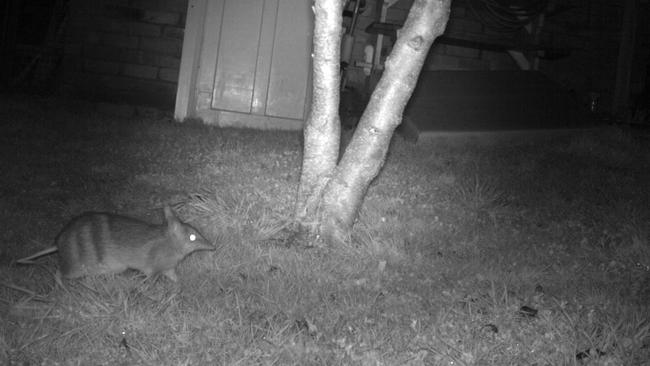
“People are very aware of what wildlife they have in their backyards, they are accurately identifying it and really excited by it,” she said.
While people did report damage to their gardens, there was a “high willingness” to tolerate it, she said.
Prof Jones said many people were simply creating barriers around priority areas of their garden, as she has done in her own South Hobart backyard.
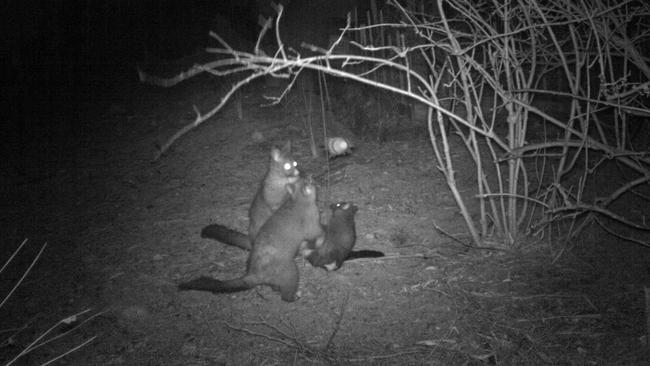
“We have a huge native garden and we have built little tubes out of spiky bird wire to protect certain plants,” she said.
Prof Jones has also fenced off her vegetable patch, and leaves out old vegetables for possums to offer them an alternative outside of her vegie garden.
Gardening expert Tino Carnevale said he had heard many reports of more wildlife in suburban yards lately, but there were ways to protect plants.
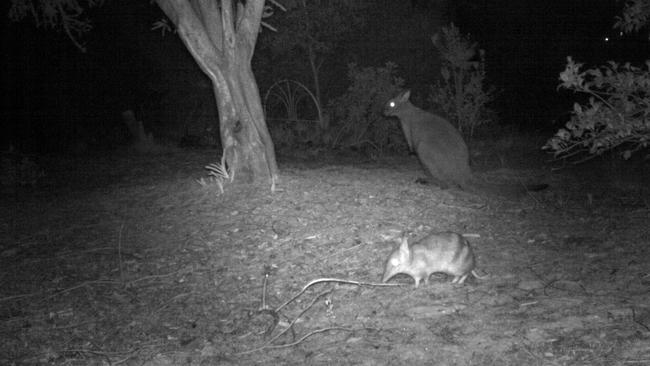
“Exclusion is the only 100 per cent effective method,” Mr Carnevale said, but there can be deterrents such as the smell of pets and menthol vapour rub, as well as lights.
“Lights at night can help because these animals are nocturnal, even a sensor light can work by startling them ... basically you need to make your backyard less attractive than the neighbour’s.”
anne.mather@news.com.au

